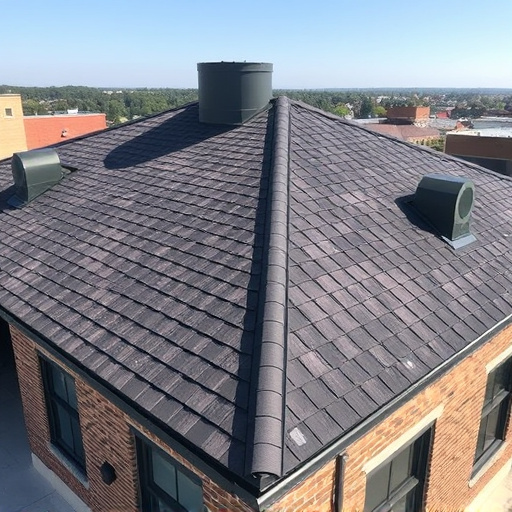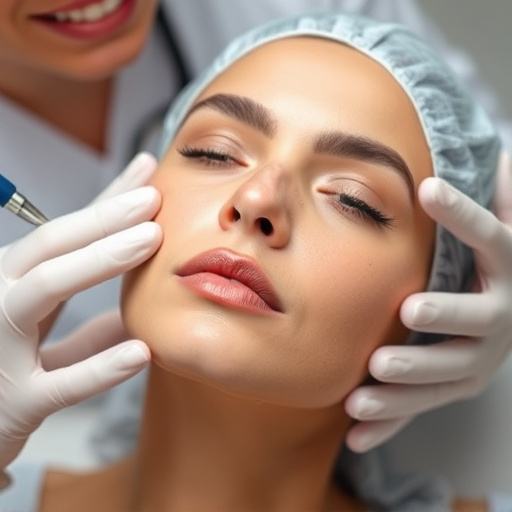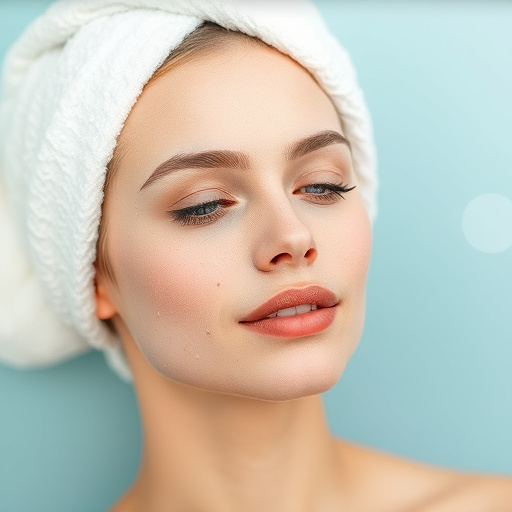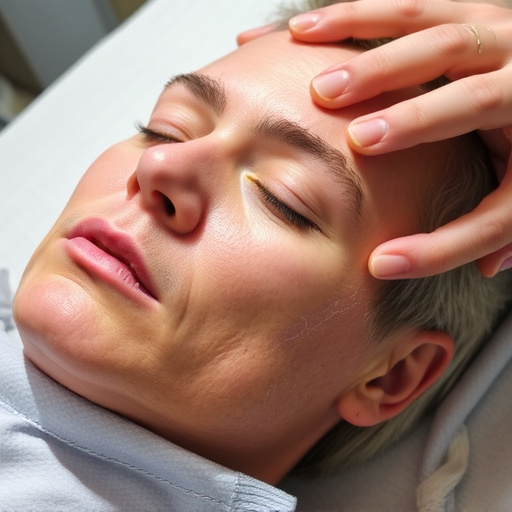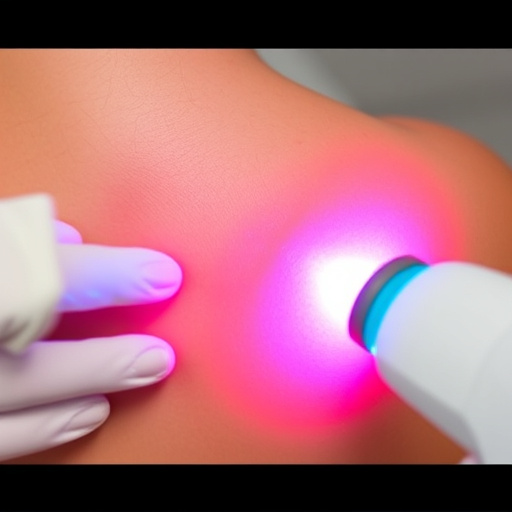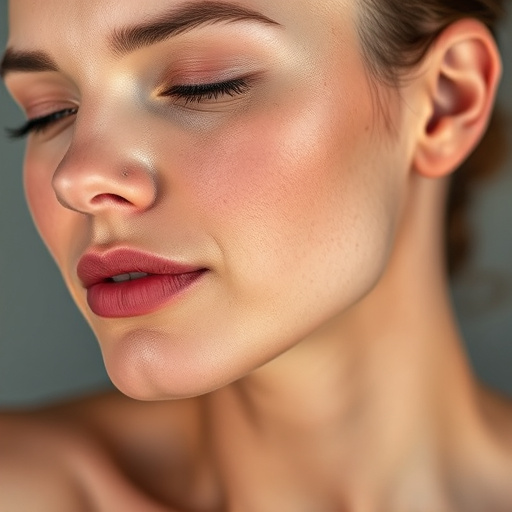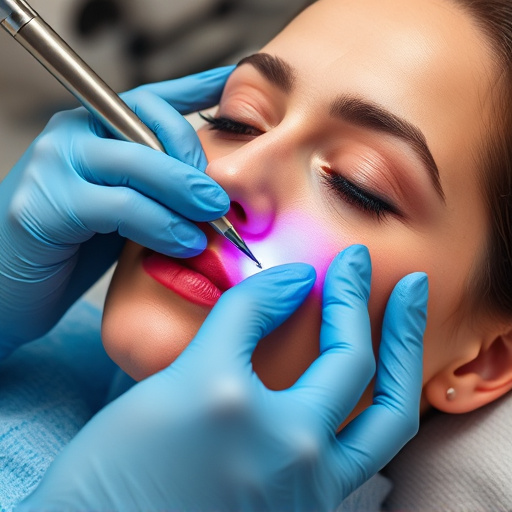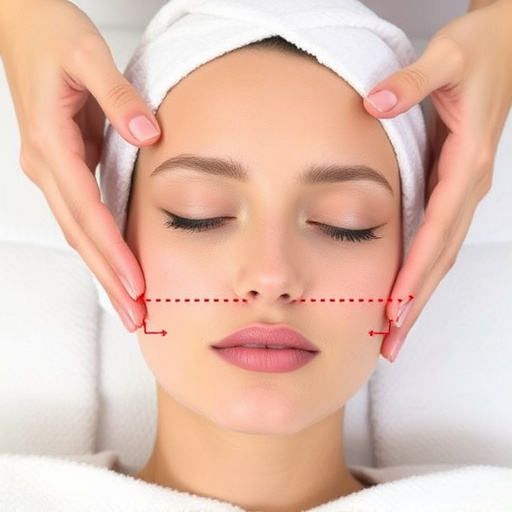An oil control facial is a professional skincare treatment for managing excess oil production, targeting combination or oily skin types. It combines cleansing, exfoliation, extractions, and microneedling to unclog pores, normalize sebum levels, and stimulate cell turnover, leaving skin refreshed, balanced, and less oily. Dermatologists recommend a comprehensive approach, including gentle cleansing, regular exfoliation, targeted treatments like retinol or vitamin C, and pore refinement techniques like chemical peels or microdermabrasion, for optimal results.
“Uncover the secrets to achieving a matte, balanced complexion with an in-depth look at oil control facials. These specialized treatments have taken the skincare world by storm, promising to tame shine and reduce excess oil. In this comprehensive guide, we demystify the process and delve into the science behind it. From understanding your skin’s natural oil production to implementing dermatologist-backed strategies, get ready to transform your skin and bid farewell to greasy residue. Discover proven techniques for achieving optimal oil control facial results and a clear, radiant face.”
- Understanding Oil Control Facials: A Simple Explanation
- The Science Behind Oil Production and Its Impact on Skin
- Dermatologist-Recommended Strategies for Achieving Optimal Results
Understanding Oil Control Facials: A Simple Explanation
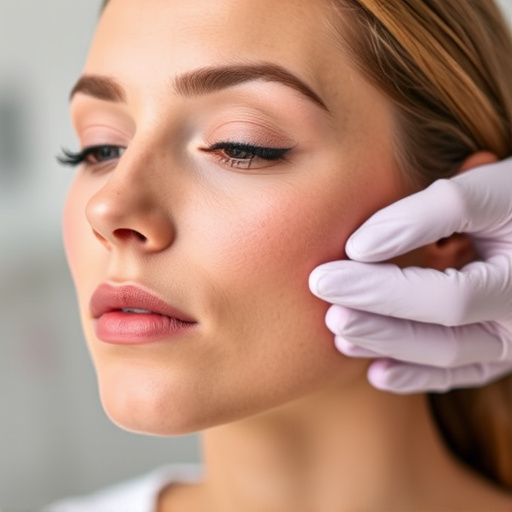
An oil control facial is a targeted skincare treatment designed to manage and reduce excess oil production on the face, addressing the common skin concern experienced by many. It involves various techniques and ingredients to normalize sebum levels, unclog pores, and minimize shiny skin. This procedure is particularly popular among individuals with combination or oily skin types who seek a more balanced complexion.
This facial treatment typically combines cleansing, exfoliation, and specific applications of products tailored to oil control. Techniques such as extractions and microneedling therapy can be employed to deeply cleanse the skin and stimulate cell turnover. Additionally, skin tightening procedures might be incorporated to offer further mattification benefits. The goal is to leave the skin feeling refreshed, balanced, and with a reduced appearance of oily zones.
The Science Behind Oil Production and Its Impact on Skin

The skin’s natural oil production is a complex process influenced by hormones, genetics, and environmental factors. Sebum, the scientific term for skin oil, is primarily produced by sebaceous glands located beneath the skin’s surface. These glands secrete an oily substance that protects the skin by creating a waterproof barrier, preventing moisture loss, and safeguarding against external aggressors. However, excessive sebum production can lead to clogged pores, a primary concern for individuals seeking effective oil control facial solutions.
Understanding this scientific basis is crucial when considering various professional skincare treatments aimed at pore refinement. Methods like exfoliation help remove excess oil and dead skin cells, while certain aesthetic treatments target the sebaceous glands directly. By addressing these factors, dermatologists can offer tailored solutions to minimize oil production and achieve desired results in managing oily skin conditions.
Dermatologist-Recommended Strategies for Achieving Optimal Results

Dermatologists recommend a multi-faceted approach for achieving optimal results from an oil control facial. Firstly, they stress the importance of a thorough cleansing routine, using gentle yet effective products to remove excess oil and impurities from the skin. Exfoliation is another key strategy; regularly exfoliating helps unclog pores and promotes cell turnover, leading to a smoother, more refined complexion.
Additionally, dermatologist-recommended strategies for achieving optimal results include incorporating moisture-balancing ingredients into skincare routines and using targeted treatments for specific concerns. Anti aging treatments with active ingredients like retinol or vitamin C can help reduce the appearance of wrinkles and enhance overall skin texture. Pore refinement techniques, such as chemical peels or microdermabrasion, can further minimize the look of enlarged pores, leaving skin looking refined and polished.
An oil control facial is a targeted approach to managing excess oil, ensuring a balanced skin complexion. By understanding the science behind oil production and implementing dermatologist-approved strategies, you can achieve long-lasting results. These treatments go beyond surface-level cleansing, addressing the root causes of oily skin. Incorporating these expert recommendations into your skincare routine can lead to a clearer, healthier glow, making an oil control facial a valuable tool in any skincare regimen.

